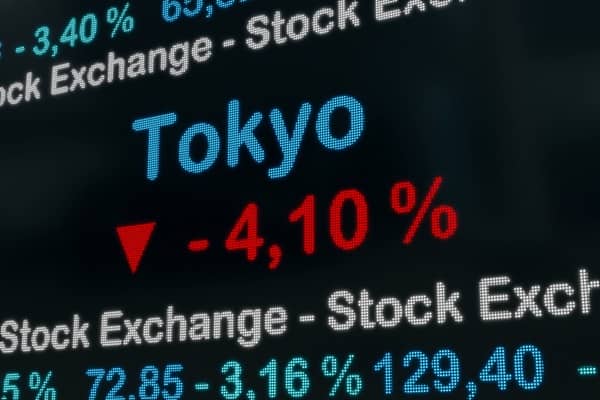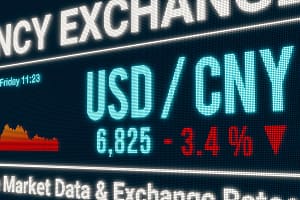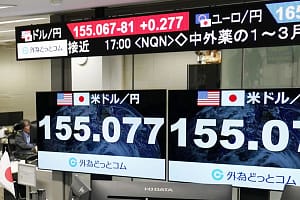The USD/JPY pair traded higher during Thursday’s session, hovering near the 155.00 area, driven by the recent gradual increase in US Treasury yields, as the pair ignores further verbal intervention from Japanese Finance Minister Sonitichi Suzuki.
From my perspective, the USD/JPY pair faces upward pressure due to the significant interest rate differential between the US and Japan, with the Federal Reserve setting the federal funds rate at 5.25%-5.50% and the Bank of Japan (BoJ) maintaining the cash rate at 0.0%-0.1%.
The substantial advantage of holding capital in the US dollar (USD) compared to the Japanese yen (JPY) remains a consistent bullish factor for the USD/JPY pair.
In a statement before parliament on Thursday, the Japanese Finance Minister reiterated that the ministry would closely monitor the foreign exchange market and “take appropriate action” if the yen’s value depreciates further.
However, his verbal intervention seems to lose effectiveness with each repetition as the pair continues to rise unabated, raising doubts about the effectiveness of direct intervention on the pair.
In my view, for any lasting impact on the yen’s value, Ministry of Finance interventions must be accompanied by interest rate hikes by the Bank of Japan. Additionally, interventions must be backed by a credible monetary policy from the Bank of Japan, meaning a regular cycle of interest rate hikes, to be convincing; otherwise, they will be mere attempts against challenges. However, as markets do not anticipate a rate hike cycle, we simply lack the supportive force for a stronger Japanese yen.
As we approach the upcoming Bank of Japan policy meeting scheduled for 3:00 GMT tomorrow morning, the market does not expect much policy change shortly after the Bank of Japan raised interest rates in March. Officials at the bank are likely to raise their inflation expectations, providing more room for policy tightening and potentially supporting the Japanese yen in the near term.
The Consumer Price Index data released in Tokyo a few hours before the Bank of Japan meeting could also influence decisions if significantly different from the consensus. The prevailing view is that the Bank of Japan is unlikely to change its policy significantly as inflation trends remain below its 2.0% target.
Therefore, I believe the Bank of Japan’s tightening cycle will be modest as underlying inflation in Japan is trending downwards. A 25 basis point rate hike in 2024 and another 50 basis points over the next two years are expected.
However, the USD/JPY pair may be limited in its upside range because the US dollar has already been overpriced. This is particularly related to the sharp and rapid shift in market expectations regarding the future path of interest rates in the United States.
Since the Federal Reserve meeting in March, markets have continuously pushed back the date they expect the Federal Reserve to start cutting interest rates. Much has already been priced into the dollar, such as a soft landing for the economy or the Federal Reserve not cutting its key interest rate until much later than previously thought.
In my opinion, it is now difficult for the dollar to benefit from the facts and figures supporting this expectation; on the contrary, markets tend to react sensitively when they have doubts about their current expectations in the face of disappointing data. We may see the dollar gradually lose strength, although it is currently the strongest currency by far and is likely to remain so in the near to medium term.
This could affect the foreign exchange market’s reaction to the first-quarter Gross Domestic Product data released in the United States today, which showed growth of about 1.6% during the first quarter of 2024. Even better-than-expected results did not push the USD/JPY pair much higher, indicating the need for a price drop in a correction to profit-taking before resuming its upward trend in the near to medium term.






Leave a Comment